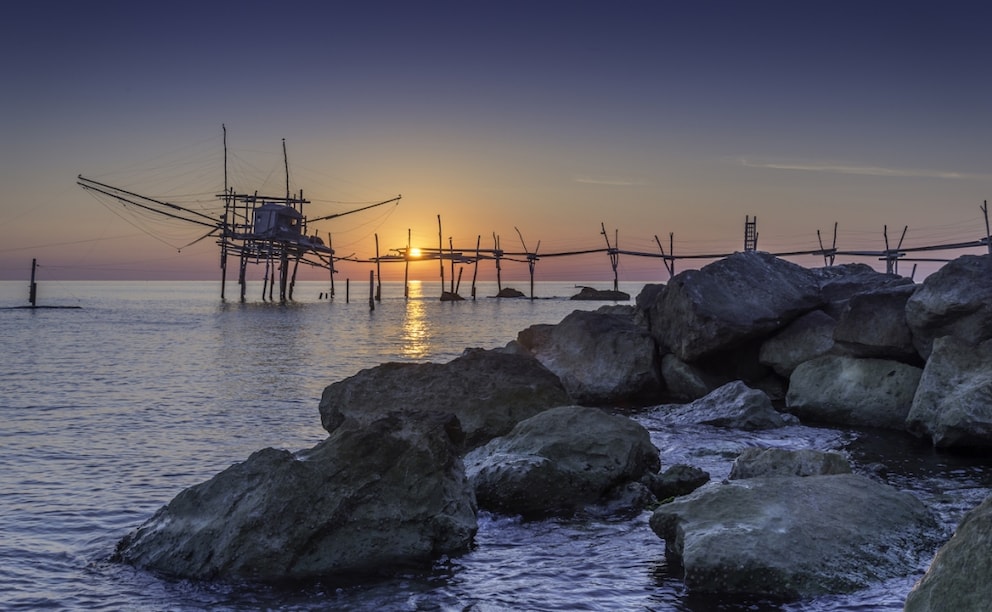September 5, 2024, 7:43 am | Read time: 2 minutes
A poisonous algae is currently spreading in popular coastal regions on the Mediterranean, which can be quite dangerous upon contact. Symptoms include nausea, vomiting and, in the worst case, even unconsciousness. TRAVELBOOK has all the important information holidaymakers need to know.
The poisonous algae Ostreopsis Ovata is spreading in the Mediterranean and poses an increasing danger to tourists. Unlike sea snot, which is at most a little unpleasant, this poisonous algae can be very harmful to one’s health. Several stretches of coastline in the Adriatic have already been closed because of it. This algae is invisible to the naked eye, but it can be very dangerous if it hits rocks and its cells break. These cell fragments can then be released into the air and inhaled, causing poisoning in humans.
Toxic algae in the Mediterranean can cause nausea and vomiting
The poison in the algae can trigger various symptoms in humans. These include reddening of the skin, flu-like symptoms, nausea, vomiting, shortness of breath, fever, conjunctivitis, and even unconsciousness. These symptoms usually disappear after a few days, Maurizio Dionisio, head of the environmental authority of the Abruzzo region, explained to “Tagesschau“.
According to Dionisio, people on the beach are largely safe from the aerosols of the toxic algae. Nevertheless, the Italian environmental protection authority has imposed temporary bathing bans at heavily affected locations on the Mediterranean south of Pescara, such as Ortona, Rocca San Giovanni, and San Vito Chietino. In Liguria, in north-western Italy, there was also a mass occurrence of the algae this year, with around 500 people showing signs of poisoning, according to the newspaper “Hamburger Abendblatt“.


“Red Tide” Threatens the Coast of Florida! Danger for Beach Visitors

How to Tell if a Swimming Lake Is Contaminated With Blue-Green Algae

Cockroach Infestation in Italy! American Giant Cockroaches Spreading Rapidly
Climate change is to blame for the spread of the poisonous algae in the Mediterranean
The local authorities have been aware of Ostreopsis ovata since the 1990s. That was when the toxic algae was first detected in the Mediterranean, according to the Italian Environmental Protection Agency. However, its spread has increased considerably in recent years, particularly in Italian and French coastal areas.
It is assumed that the algae originally arrived in Europe via merchant ships from Japan. Its spread is seen as being directly linked to climate change. In particular, the warming of the water creates an ideal habitat for the algae, which would not exist under normal conditions.

